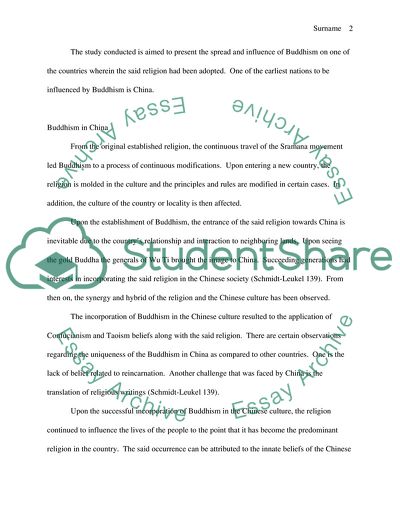Cite this document
(The Impact of Buddhism on Chinese Culture Coursework, n.d.)
The Impact of Buddhism on Chinese Culture Coursework. Retrieved from https://studentshare.org/philosophy/1717971-the-impact-of-buddhism-on-chinese-culture
The Impact of Buddhism on Chinese Culture Coursework. Retrieved from https://studentshare.org/philosophy/1717971-the-impact-of-buddhism-on-chinese-culture
(The Impact of Buddhism on Chinese Culture Coursework)
The Impact of Buddhism on Chinese Culture Coursework. https://studentshare.org/philosophy/1717971-the-impact-of-buddhism-on-chinese-culture.
The Impact of Buddhism on Chinese Culture Coursework. https://studentshare.org/philosophy/1717971-the-impact-of-buddhism-on-chinese-culture.
“The Impact of Buddhism on Chinese Culture Coursework”. https://studentshare.org/philosophy/1717971-the-impact-of-buddhism-on-chinese-culture.


